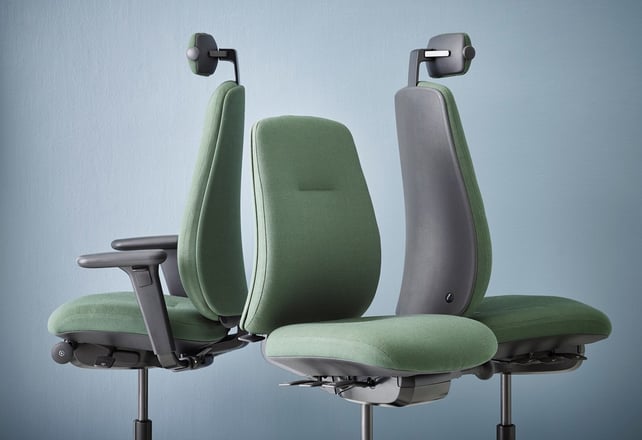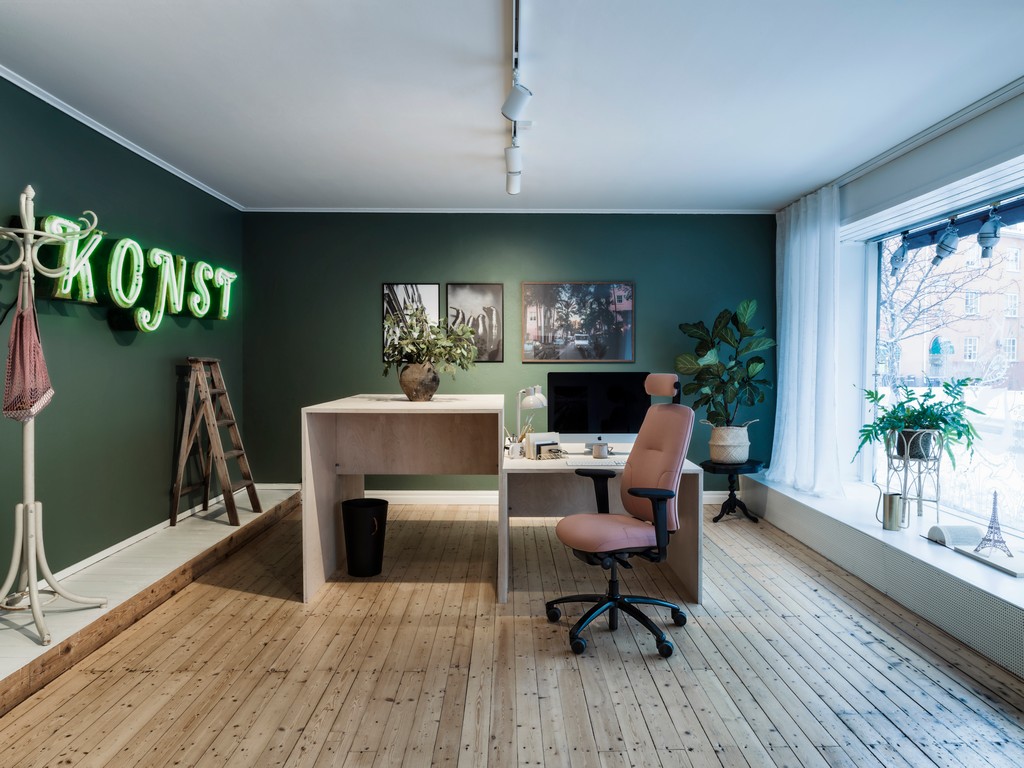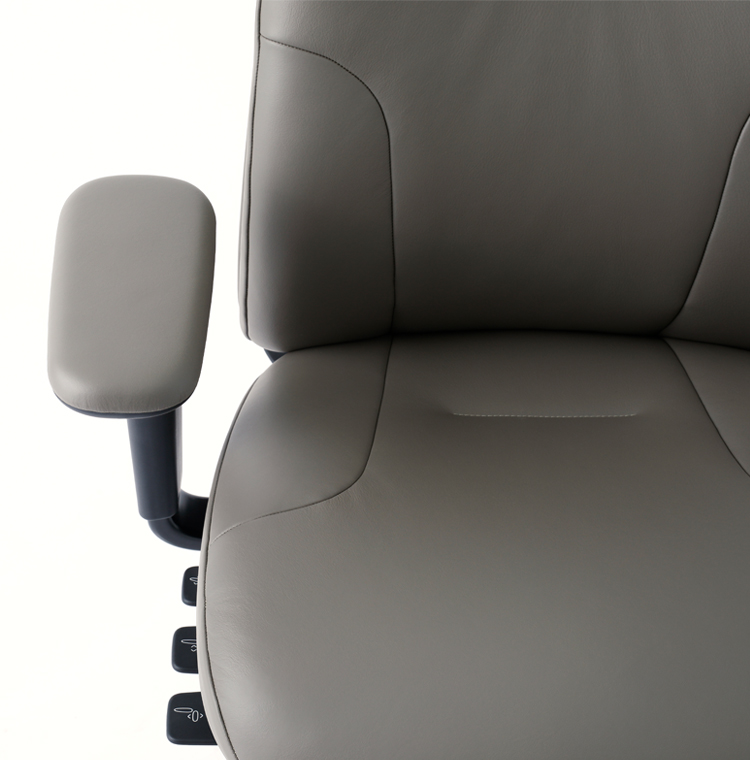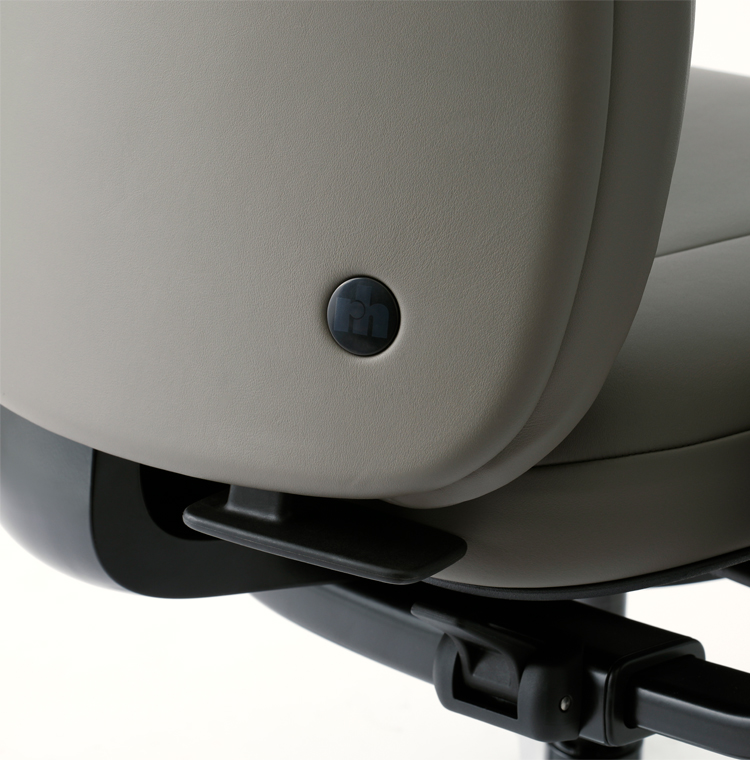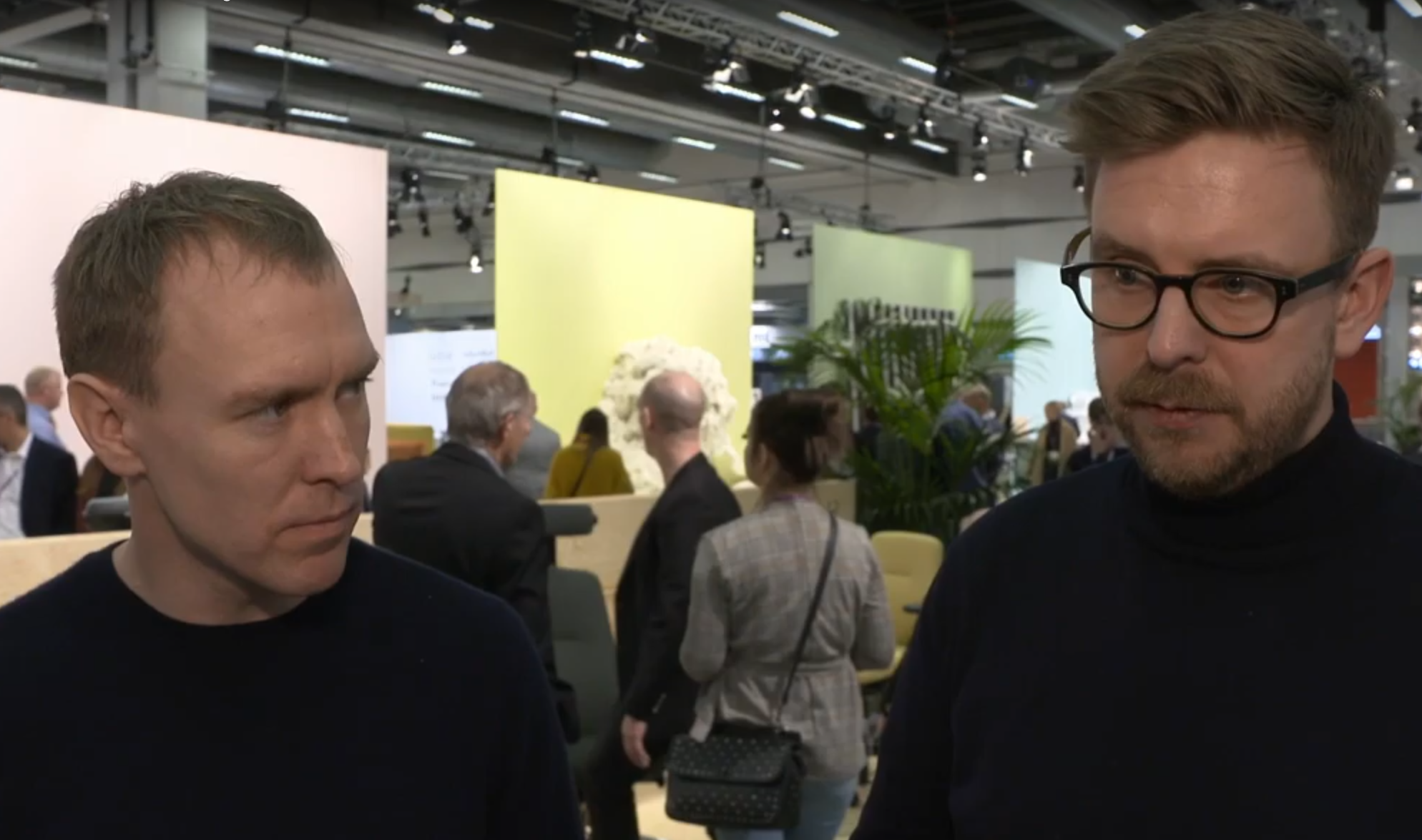Remaking a classic is all about taking the best bits from the original and combining them with modern innovations and the latest visual styles. It is also about listening to real people with real experiences of the original – you never know what you might learn – and making something better.
When we developed the RH New Logic, we did just that, bringing real people into the heart of our design process, asking them to challenge every idea we presented, in an attempt to find out what really matters when it comes to making the perfect office chair.
Read - What is Human Factors?
Designing with Empathy
This process, known as empathic design, is all about finding out what people like. It is listening instead of telling. It is observing how people react to your ideas, reflecting on their thoughts, and developing new solutions. In a way, the goal is to create something they did not even realise they desired, either because they were locked in a particular mindset, or could not envision any alternatives to their current solution.
So how do you apply that process to chairs?
Designing the RH New Logic
Designing the new RH Logic was a five-year journey, 18,000 hours of work following a seven-stage development plan. All along the way, a series of workshops and play sessions took place with a range of user groups to see how they reacted to the design throughout its development. They were asked to offer their thoughts, ideas and challenges, no matter how trivial, to help create something better.
Learn more about the RH New Logic
From architects and designers to general office users, external designers to fans of the original RH Logic - each group of participants offered their own unique thoughts, all of which we hoped to capture in the design.
As you can imagine, the architects offered invaluable insight when it came to general functionality and the visual aesthetics. The office workers were very vocal on a range of problems they face in their daily life. Usability was a key concern, and one that quickly became a central focus for us.
Design, innovation, development…
When you design with empathy, you are constantly challenging your own creativity. The research groups aren’t the ones creating the design, but the feedback at every step of the journey, from early sketches to final prototypes, means that every detail is brought to life, examined, and tested to see if it resonates with your target audience.
It may be a daunting process, but the results speak for themselves.
